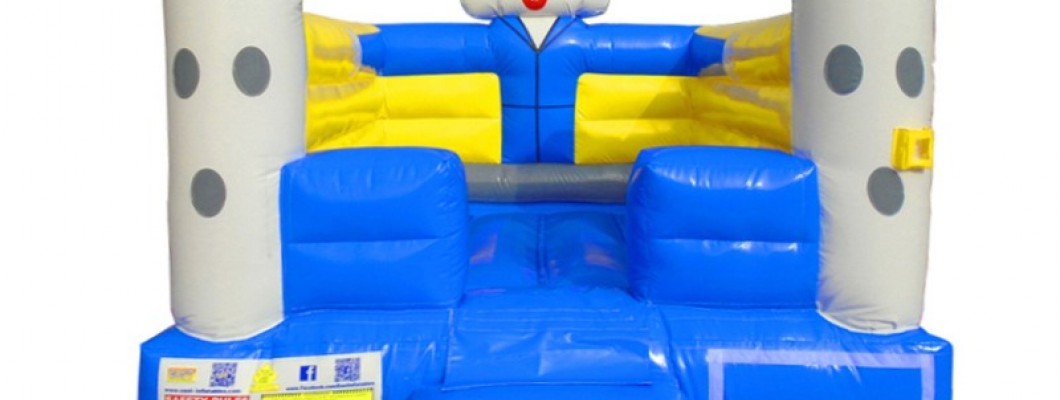
Mold growth on a bouncy castle is not just an unsightly problem; it can pose significant risks to both the inflatable structure and the health of those using it. Here are the main risks associated with mold on a bouncy castle:
1. Health Risks for Children and Users
The most immediate concern with mold on a bouncy castle is the health risk it poses to children and other users. Mold releases spores that can be harmful when inhaled or when they come into contact with skin. Some of the potential health effects include:
- Respiratory Issues: Mold spores can irritate the lungs and airways, especially in children with asthma or respiratory conditions. Inhaling these spores can cause coughing, wheezing, and shortness of breath.
- Allergic Reactions: Mold is a common allergen that can trigger symptoms like sneezing, runny nose, itchy eyes, and skin rashes. Children with existing allergies or sensitivities may experience more severe reactions.
- Skin Irritation: Direct contact with moldy areas on the bouncy castle can lead to skin irritation, rashes, and other dermatological issues, particularly for those with sensitive skin.
2. Damage to the Bouncy Castle
Mold can also cause damage to the inflatable itself. Over time, mold can degrade the material of the bouncy castle, weakening its structure. This can lead to:
- Weakened Fabric: Mold can break down the material, making it more prone to tearing or puncturing.
- Foul Odors: Mold often produces a musty smell that can be difficult to remove, making the bouncy castle unpleasant to use.
- Staining: Mold can leave behind unsightly stains that are difficult to clean, affecting the appearance of the inflatable.
3. Increased Liability for Event Organizers
If you’re renting out or using a bouncy castle for an event, mold can increase your liability as an event organizer. Children or other users who experience health issues due to mold exposure could hold the organizer responsible for failing to ensure a safe environment. Keeping the inflatable clean and free of mold is essential to avoid potential legal or reputational consequences.
4. Reduced Lifespan of the Inflatable
Mold can significantly reduce the lifespan of your bouncy castle if not dealt with properly. The longer mold is allowed to grow, the more damage it can cause, eventually leading to the need for costly repairs or even a complete replacement of the inflatable.
Conclusion
The risks of mold on a bouncy castle are both health-related and structural. Mold can cause respiratory problems, allergic reactions, and skin irritation, while also weakening the inflatable and making it unsafe for use. Regular cleaning, proper drying, and careful storage are key to preventing mold and ensuring that your bouncy castle remains safe and fun for everyone.
